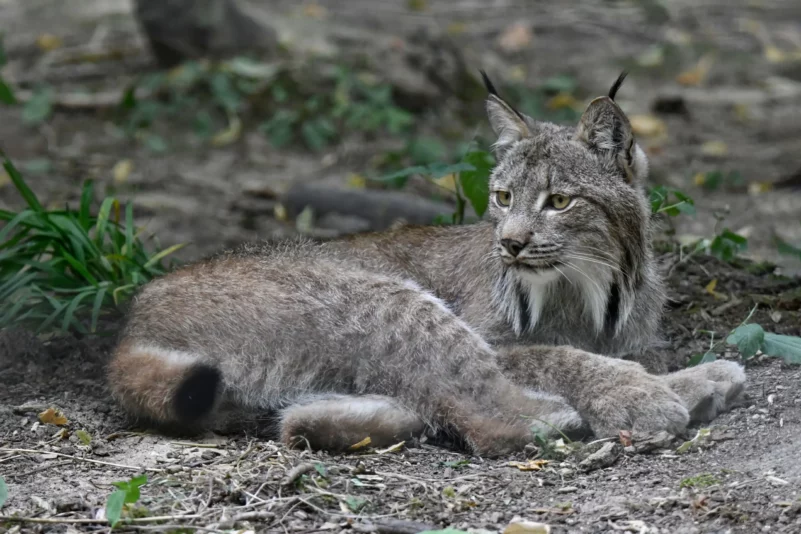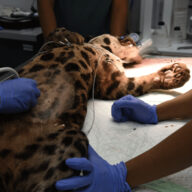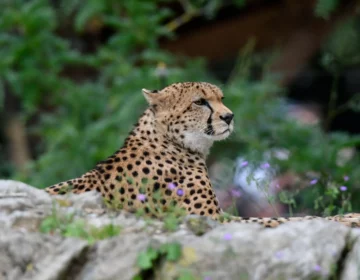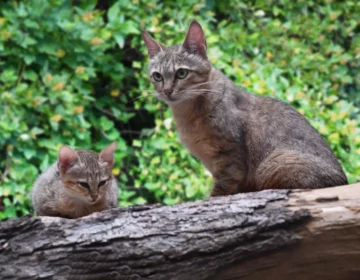
Canadian lynx
Lynx canadensis
Canadian lynx
APPEARANCE
The Canadian Lynx is a medium-sized, long-legged cat. The hind legs of the Canada Lynx are much longer than the forelegs, and the front paws are larger than the hind paws. The paws have very dense fur growing between the pads, and because they are large and wide they act as snowshoes, allowing the Canada lynx to move through deep snow more easily than other coexisting carnivores. Its fur is reddish brown to grey-brown with distinct darker spots. The snout of the Canada lynx is surrounded by a collar of fur, and the ears with a black back are tipped with tassels.
DISTRIBUTION AND HABITAT
The range of the Canada lynx includes most of Canada, where it still occupies 95% of its historic range, and parts of the northern United States, along the Rocky Mountains to Colorado. Its range overlaps with that of its main prey, the American hare Lepus americanus.
The Canada lynx inhabits boreal forests covering most of Canada and Alaska.
BEHAVIOUR
The Canada lynx is a solitary predator. As hare numbers decline, fewer lynx breed, producing smaller litters with few offspring. As hare numbers increase, lynx reproduction rates increase. Most births occur in late May and early June.
INTERESTING FACT
No other cat species is as strongly associated with their main prey as the Canada lynx is with the grey hare.
HUNTING
The Canada lynx is heavily dependent on American hares, which make up 60-97% of its diet. When snowshoe hare densities are low, the Canada lynx also preys on squirrels, grouse, mice and voles, small birds, and occasionally ungulates such as deer, sheep or caribou calves; squirrels are its main alternative prey.
MAIN THREATS
The Canada lynx is one of the best-studied and monitored cat species. The main threats to the Canada lynx are habitat loss and fragmentation and environmental change due to agriculture, urbanization, and other industrial activities.





